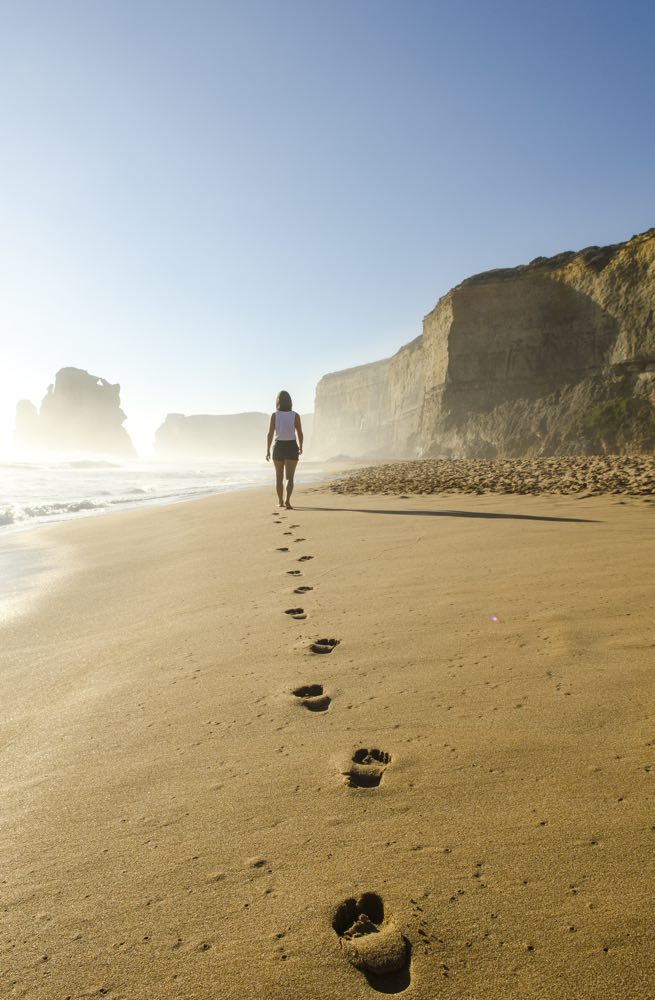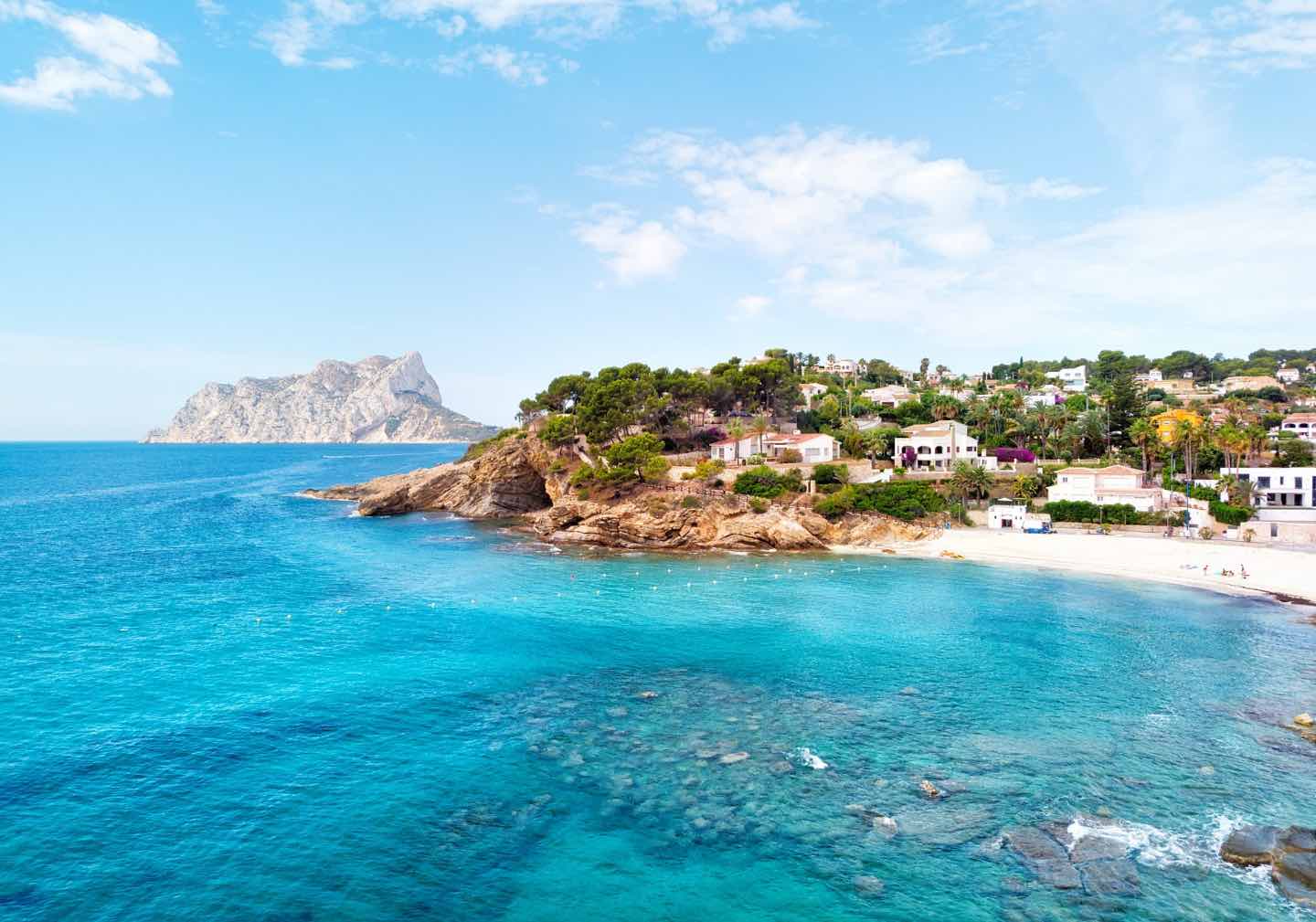The Spanish word "casa" simply means "house" or "dwelling." The origin of the concept of a "casa" in Spain is closely linked to the country's history and the evolution of architecture and building styles over the centuries.
The origins of houses and dwellings in Spain date back to prehistoric times, when people used caves, burrows, and simple structures for shelter. As society developed, the ancient Spanish began to use more advanced building techniques, and various architectural styles emerged, influenced by the Roman, Moorish, and Christian cultures that inhabited the Iberian Peninsula.
Some notable examples of traditional Spanish houses include:
- Cave Houses (Cuevas)In parts of Spain, such as Andalusia, cave dwellings are still inhabited. These are partially or completely excavated from the rock and provide natural insulation from the heat.
- Andalusian Cortijo: These are traditional farmhouses in the Andalusian countryside, often with whitewashed walls and a courtyard.
- Mudejar-style houses: These houses, influenced by Moorish architecture, often have beautiful geometric decorations and courtyards.
- Casas Solariegas: These are mansions often found in towns and villages, with imposing facades and courtyards.
- Rural Houses: These are rural holiday homes or country houses that are popular with tourists who want to explore the Spanish countryside.
- Modern apartments and villasIn modern times, of course, many apartments and villas have been built that meet contemporary architectural standards.
Architecture of houses in Spain
Spanish residential architecture has been influenced by various historical periods and cultural influences, including Roman, Moorish, and Christian influences. Each of these periods has contributed to the development of unique architectural styles and features found in homes throughout Spain. Whitewashed walls, courtyards, and shaded terraces are common features developed to cope with the warm Spanish climate.
- Roman influenceDuring the Roman rule of Spain, which began in the 3rd century BC, towns and settlements were built with stone and brick. This led to the development of sturdy houses and villas with distinctive Roman architectural elements.
- Moorish influenceThe Moorish rule of Spain, which began in the 8th century AD, introduced elements such as courtyards, arches, and decorative tilework (azulejos) into architecture. This contributed to the distinctive appearance of many Spanish houses, especially in southern Spain.
- Christian influenceAfter the reconquest of Spain by Christian kingdoms in the Middle Ages, many churches and monasteries were built, leading to the spread of religious architectural elements and styles. Many houses also bear influences from this period.
- Regional variationsSpain has a diverse climate and landscape, and this has led to regional variations in house construction. For example, in the Andalusia region, you often find whitewashed houses with flat roofs, while in northern Spain, houses often have stone walls and gabled roofs to withstand snowfall.
The Benefits of Owning a Casa in Spain
Spain, the land of sun-drenched beaches, rich culture, and delicious cuisine, has been attracting people from all over the world for decades. More and more people are choosing to acquire their own piece of paradise by owning a casa in Spain. But what are the real benefits of this investment? In this article, you'll discover why owning a casa in Spain can be a smart move.
1. Endless Sunshine
One of the most obvious advantages of a casa in Spain is the wonderful Mediterranean climate. With over 300 sunny days a year, you can enjoy the warm rays year-round. This makes Spain a perfect destination to escape cold winters and relax in the sun.
Spain offers a relaxed lifestyle, with plenty of opportunities to unwind, enjoy the beach and the nature, to socialize and enjoy leisure activities.
2. Diversity of Regions
Spain is a country of great diversity. Whether you prefer the vibrant city centers of Barcelona and Madrid, the beautiful beaches of the Costa del Sol, the breathtaking mountains of the Pyrenees, or the picturesque villages of Andalusia, there's a region for everyone. You can easily choose a casa that suits your personal preferences.
3. Investment and Rental Potential
A casa in Spain can be not only a wonderful place to enjoy, but also a smart investment. Spanish real estate has experienced healthy growth in recent years, and the potential for value appreciation remains. Moreover, you can rent out your casa when you're not there, generating an additional source of income.
4. Healthy Lifestyle
The Spanish lifestyle is known for its emphasis on relaxation, healthy eating, and social interaction. With daily naps, delicious tapas, and elaborate meals, it's easy to embrace a balanced and healthy lifestyle. Access to fresh, local produce contributes to a nutritious diet.
5. Cultural Experiences
Spain has a rich history and culture, and a casa in this country means you're close to the action. You can enjoy festivals, local celebrations, flamenco performances, and historical sights, bringing you into contact with authentic Spanish culture.
6. Easy Access
Spain is easily accessible from Europe and other parts of the world, thanks to well-developed airports and an extensive motorway network. This makes it easy to regularly visit your casa or host guests.
It's important to note that the benefits of owning a "casa" in Spain depend on your personal needs and preferences. It's advisable to do thorough research and seek advice before buying a house in Spain, especially regarding the legal and financial aspects of foreign property ownership.




